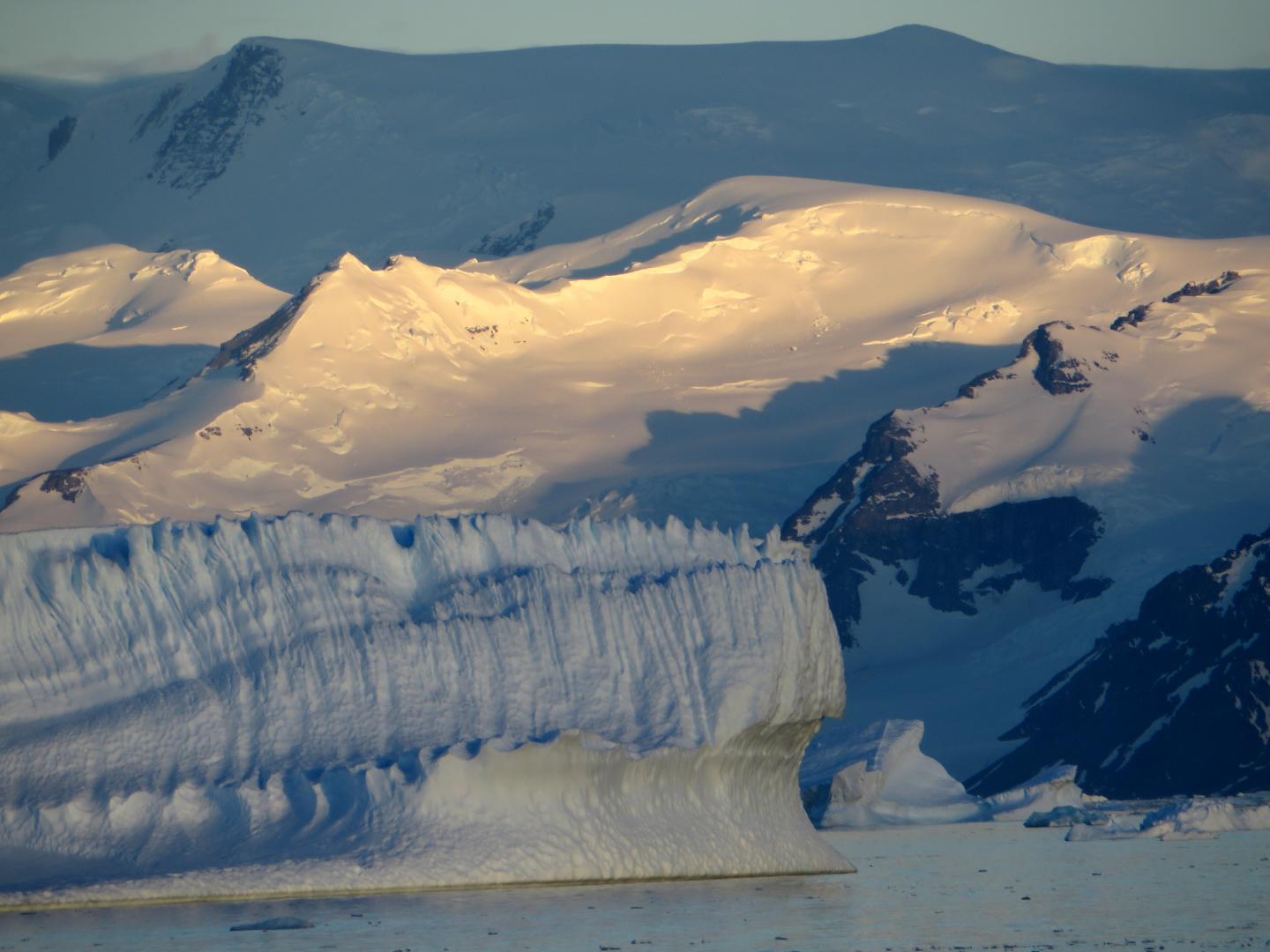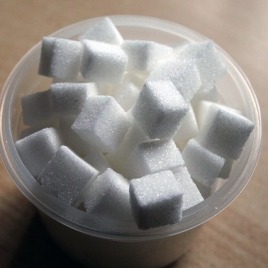
The view from the British Antarctic Survey Rothera research station, on Alexander Island at the Antarctic Peninsula. (Image by A. E. Hogg/CPOM)
A recent assessment of glacier flow in Western Palmer Land on the Antarctic Peninsula reveals that sea-ice loss in the region isn’t as drastic as previously reported. Using five different satellites, researchers tracked changes in the speed of more than 30 glaciers over the past 25 years. Their findings provide evidence that Western Palmer Land is losing ice due to increased glacier flow, which has increased by 20-30 centimetres each day since 1992. This means that the glaciers are now pouring 15 cubic kilometres of ice into the ocean annually. However, this number is three times smaller than the previously reported 45 cubic kilometres. Authors of the present study question the larger number, which was based on interpretation of satellite data on glacier thinning and mass loss; researchers say there may be alternate explanations for that change—for example, the decreased snowfall in Antarctica in the recent years.
Authors:
Anna E. Hogg, Andrew Shepherd, Stephen L. Cornford, Kate H. Briggs, Noel Gourmelen, Jennifer A. Graham, Ian Joughin, Jeremie Mouginot, Thomas Nagler, Antony J. Payne, Eric Rignot, Jan Wuite
Corresponding author:
Anna Hogg, School of Earth and Environment, University of Leeds, UK, Email: A.E.Hogg@leeds.ac.uk
Original paper published in Geophysical Research Letters on May 2, 2017.



